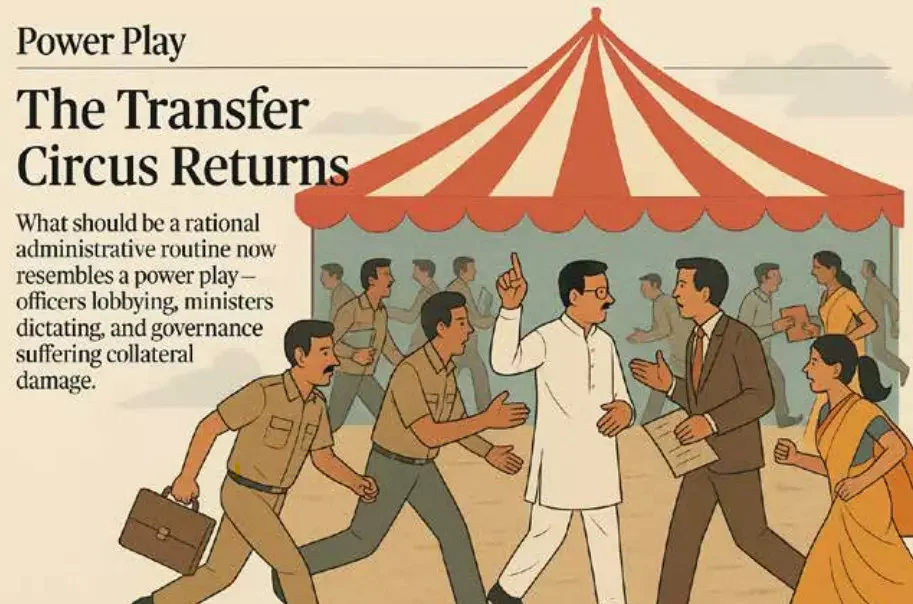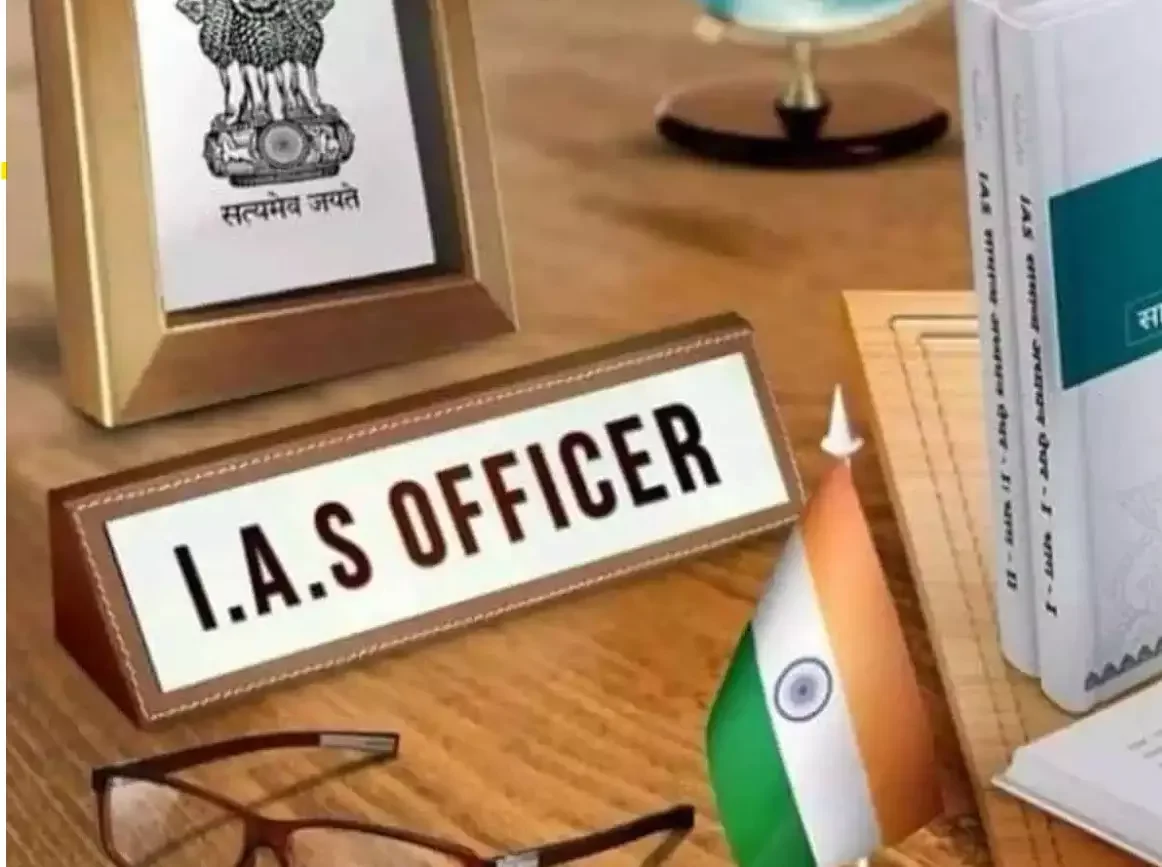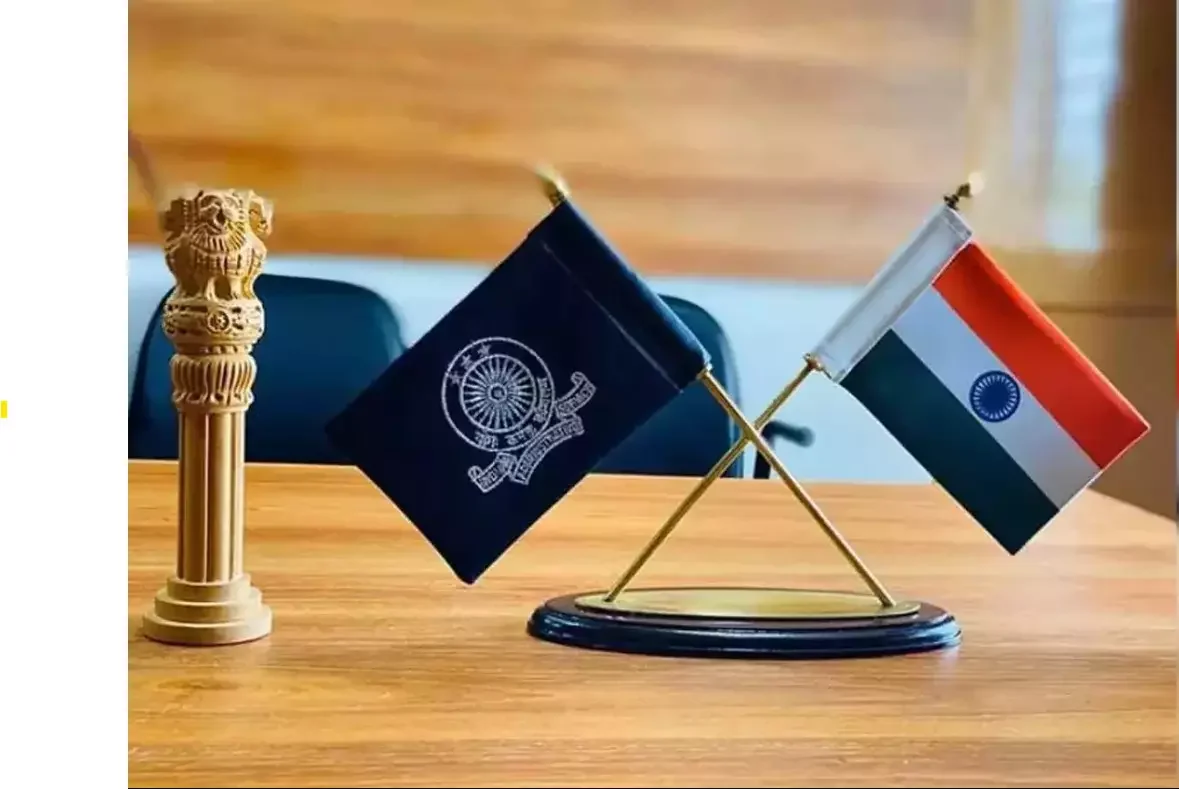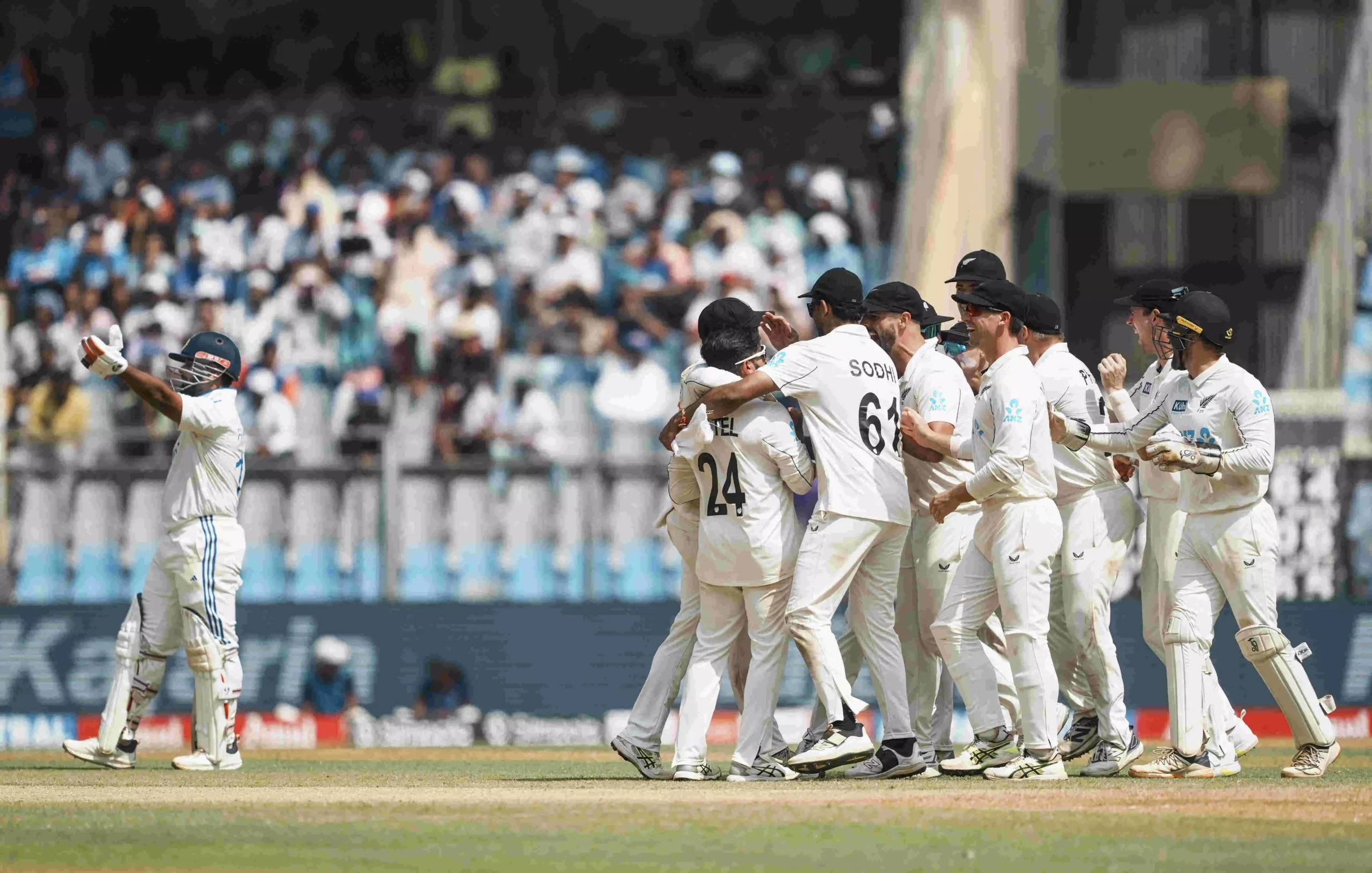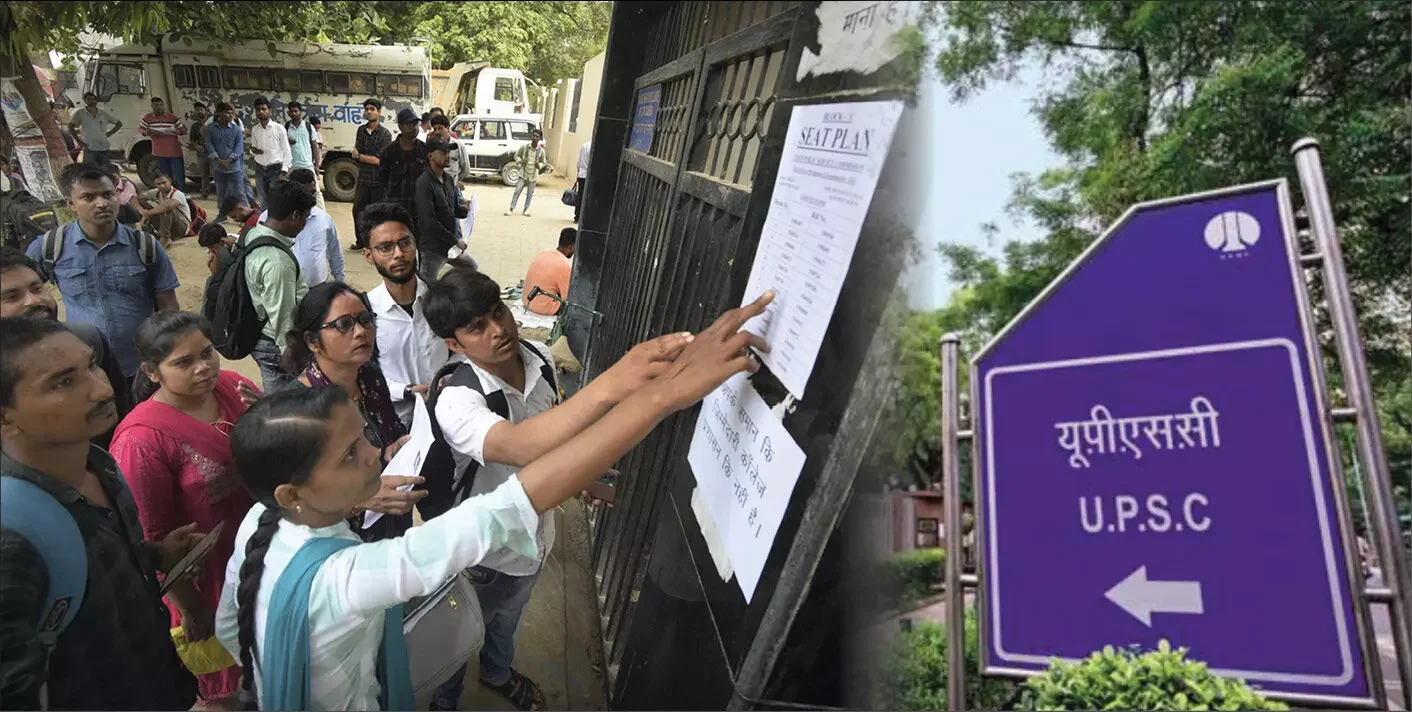The Indispensable Human Touch
Empathy, an essential attribute of leadership in most professions, becomes even more vital in the medical field as it entails very basic human instincts and sentiments
On the eve of July 1, which is celebrated as National Doctor’s Day, Honourable President Draupadi Murmu addressed the convocation at AIIMS Gorakhpur and lauded the great role played by doctors in society by healing people and saving lives. To me, the most important point she made in her speech was that empathy plays a major role in healing. She emphasised doctor-patient communication and said that medicine is not just a profession but a service to humanity. She appealed to doctors to make compassion and honesty a part of their personality and to perform their duties with a spirit of service. All of us would agree, based on our own experiences, that we expect more from doctors than just a prescription or a surgical procedure. We feel happiest when the doctor listens to us attentively and calmly reassures us with a smile, explaining what they think the problem is and why they are suggesting a particular line of treatment. We want to go back to such doctors again and again because we are confident that they will cure us. In reality, an empathetic doctor is often able to provide relief because of the bond of trust that develops, and our own body begins to cooperate in the healing process, making the medicines more effective. A doctor who treats us with compassion and empathy develops a divine halo, and the bond between the doctor and the patient becomes sacred.
Empathy and compassion are virtues that apply equally across all professions. To be successful in professional life, one needs knowledge of one’s work and the ability to take people along. It is the human being who must remain the ultimate focus of the actions of any profession. I have been a civil servant, serving in the IAS for 38 years, and I realised during my career that whenever I acted with empathy and compassion, people responded with warmth, trust, and confidence, and I was able to give them greater satisfaction. The job in the IAS is to assist the political executive in the process of policymaking and then implement those policies with integrity and effectiveness to address the grievances of the people.
If policies are formulated by merely analysing data in air-conditioned chambers without considering the human element, they often fail, as they are not accepted by the very people they are meant to serve. Similarly, if implementation becomes merely a matter of paper reporting and achieving physical and financial targets, then such implementation lacks a soul and does not improve the quality of life of the people it is intended for. In short, better public service delivery takes place only if civil servants have an attitude of empathy and understanding. This means they must listen to the silent voices of the people and learn to appreciate them.
Right from the beginning of my career in the IAS, I believed in being accessible to the common man. As a District Magistrate, I devoted several hours to meeting the people of the district and making a sincere effort to resolve their problems. I used to keep an open house, not allowing my personal assistant or peon to dictate who could enter my office to meet me. I recall that in my first posting as a District Magistrate, my first visitor was a poor farmer. When I asked him to sit down, he was taken aback and declined. But when I persisted, he sat down on the floor. I had to get up, hold him by the hand, and make him sit on the chair opposite me. It had a transformational effect on him, and he looked very happy and content. The message travelled across the district, and because of the empathy and compassion that radiated from my action, I received a lot of support from the people of the district. This helped me in bringing about good governance. I carried this habit with me throughout my career, and even as the Chief Secretary of UP, I used to meet citizens without an appointment for one hour every day. This helped me understand the problems of the people better and respond to them positively.
Empathy and compassion are not a favour that you do to the other person. They make you and the organisation far more productive and efficient. They are essential qualities of leadership that bring about professional excellence. Even in the corporate sector, it is leaders who deal with their team members with empathy and understanding who succeed. It is true that the bottom line is of paramount importance in the corporate world, but a motivated and happy team leads to greater organisational effectiveness and ultimately, more profits. This is true for any profession. Empathy is the ability to fully understand another person. It enables you to perceive the feelings and emotions of others, and when you respond to them, you develop a strong sense of trust. Empathy taken a step further—where you actually share in the feelings of another—becomes compassion.
Leaders must have emotional intelligence (EI) to perform at the highest level. The leadership competencies of EI are self-awareness, self-management, empathy, and motivation. Self-awareness is about understanding oneself—our limitations and strengths—while self-regulation frees us from being prisoners of our emotions, allowing us to remain reasonable and calm. Motivation is the capacity to move to a higher level of performance, while empathy is about putting oneself in the shoes of another. Of all these, empathy is perhaps the most vital, as it allows one to truly understand another person’s perspective. This helps in building a shared mission, a common purpose, and creates great teams that collaborate to achieve organisational goals. In such a scenario, conflicts are managed, and both people and the organisation grow and develop. Studies have shown that more than 70 percent of success in any organisation can be attributed to the emotional quotient in its leadership. AI is a big disruptor today. We can feel the world around us changing due to the impact of AI. It is clear that leadership in the modern era will involve understanding AI and having the capacity to innovate and implement it within organisations. However, AI is not a substitute for certain human skills, which will become even more important to ensure that AI enters our lives with a human face. Professionals must learn how to remain irreplaceable in a world run by algorithms. Automation has created a greater demand for responsiveness to change and for leaders who focus on human beings. Empathy and compassion are the true leadership traits essential for effective leadership in the age of AI. Leadership is not only about data analysis or technology but about the human being, whose life we must strive to make qualitatively better.


